I spent 2 years researching the work of Geoff Hinton, Yann LeCun, Ilya Sutskever, Andrej Karpathy and others to create this video. It focuses on the core line of research that led @OpenAI to develop ChatGPT, starting with the work of the late Jeffery Elman in 1986. It’s the last video in this series on AI: The Pattern Machine.
How Neural Networks Learned to Talk | ChatGPT: A 30 Year History
Posted in Uncategorized on November 27, 2023 by Brit CruiseThe launch of Story Xperiential.
Posted in Uncategorized on December 10, 2021 by Brit CruiseOver the past few months my partners at X in a Box (Tony DeRose and Elyse Klaidman) and our team launched a brand new educational product/program: Story Xperiential in partnership with Pixar Animation Studios. In simple terms, our idea allows anyone to try their hand at working in different industries by building a prototype that industry would recognize – a kind of virtual apprenticeship open to all. With Pixar we used the storyreel (animated storyboard) as the prototype the students work on while Pixar employees assist as mentors. This program allows any student to mimic working in the real-world at top companies: it’s collaborative with weekly deadlines, ongoing peer feedback and culminates with a final online exhibition. I see it as a great prerequisite for pretty much everything students might do after.
Here is a 2 min overview of the program with actual product shots from the last 2 months:
The results of this program exceeded even my own rose coloured projections when we set out to build it. It has been an exhausting yet exhilarating learning experience. There is nothing quite like inventing a new experience from scratch and watching people walk through the door for the first time. We went live Oct 4th 2021 and our first Pilot wraps today with our first ever public exhibition of student work. The results of this program exceeded even my own rose coloured projections when we set out to build it. Over 90% of registered students completed the program with a final prototype (this involved 40 hours of work across 8 weeks with multiple weekly submissions). This kind of retention is unheard of in our industry. But the inevitable question arises: would it scale… ?
Continue readingAnnouncing X in a Box & Array 101
Posted in Uncategorized on May 28, 2020 by Brit CruiseIn March 2020, I launched a new company (X in a Box – http://www.xiab.org) with my colleagues Tony DeRose and Elyse Klaidman. Our idea was to take what we’ve accomplished with Pixar & Imagineering in a Box and expand on it in various ways. Here is a teaser of what we do:
We’ve been unexpectedly inundated with opportunities because of the dramatic shift to online learning as a result of the pandemic. Continue reading
The Beauty of Neural Networks
Posted in Uncategorized on November 15, 2019 by Brit CruiseI’m thrilled to finally post part 3 in my Deep Learning series, it covers the first 80 years of neural network research and was one of the more difficult scripts & visualizations I’ve ever worked on. It pulls together many years of thinking about this subject:
Making “Imagineering in a Box”
Posted in Uncategorized on July 30, 2019 by Brit Cruise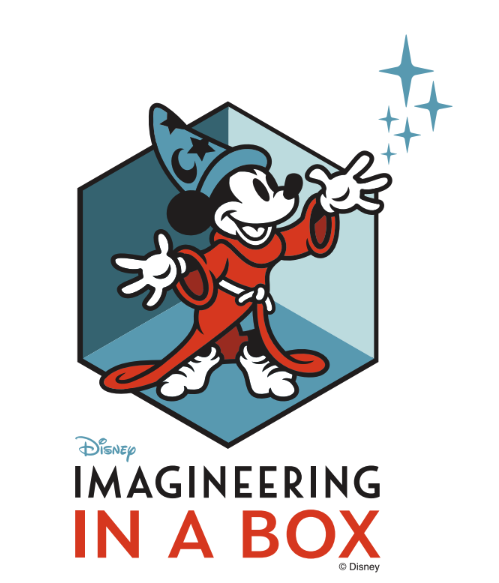 Today I’m happy to announce we are finally launching Imagineering in a Box on Khan Academy from my team behind Pixar in a Box + some new partners at Walt Disney Imagineering. Here is a five min overview of the project:
Today I’m happy to announce we are finally launching Imagineering in a Box on Khan Academy from my team behind Pixar in a Box + some new partners at Walt Disney Imagineering. Here is a five min overview of the project:
A Brief History
When I was 12, I was so curious to find out how one could become an Imagineer. I wanted to learn about all the cool work going on behind the scenes of a theme park.
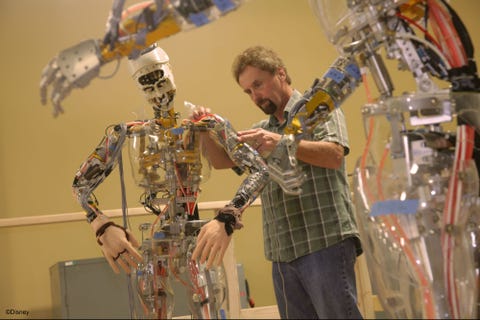
In the mid 90’s Continue reading
New series on Artificial Intelligence coming soon
Posted in Uncategorized on April 15, 2019 by Brit CruiseBeen hard at work at a seven part series on AI. I’ll most more details soon. For now:
What I made with IEEE in 2018
Posted in Uncategorized on December 12, 2018 by Brit CruiseThis year I produced two videos with my friends at IEEE (Information Theory Society) which cover two highly influential academic papers from the 20th Century. What’s really exciting about these videos is we had the original authors of the papers review the script during development (Abraham Lempel and Robert Gallager). On average we spent about 4 months writing & iterating on each script until we had something that is clear and correct.
Here they are:
Lempel-Ziv compression – One of the most influential compression algorithms of the 20th Century:
LDPC codes – One of the most versatile and widely applicable error correction codes which was about 40 years ahead of its time:
In 2019 I will continue this project with IEEE.
What is Bitcoin?
Posted in Uncategorized on May 28, 2018 by Brit CruiseI spent a long time thinking about a way to explain the what/why/how’s of Bitcoin to general audiences (my Mom) in a way that doesn’t frustrate Engineers (no hand waving). I feel that all existing Bitcoin videos contain jargon that scares away the typical viewer. In this video I made a point to avoid using a single word that might confuse people. I don’t know if I succeeded but I tried my very very best…
Please share this video with anyone who still doesn’t “get it” – as it might fill in some gaps.
Art of the Problem & IEEE join forces with “The Information Age”
Posted in Uncategorized on November 5, 2017 by Brit CruiseThis year marked the beginning of a long term collaboration with IEEE Information Theory Society. The goal of our ‘Information Age’ series is to produce short videos which bring to life the most impactful ideas from Information Theory and show how they play a role in our lives today. The first two pilot videos we produced in 2017 were on Network Coding and Space-Time codes. In 2018 we’ll be exploring source coding, channel coding, quantum information theory and security. Below are the 2017 pilot videos. I’ve enjoyed working with Matthieu Bloch, Michelle Effros, Christina Fragouli & Suhas Diggavi on this project.
Network Coding:
Space-Time codes (multi-input multi-output networks):
Does P = NP?
Posted in Uncategorized on October 5, 2017 by Brit Cruise
I spent many years pondering (making sense of) this question. I ended up building a entire Computer Science series just to get to it. This video explores complexity theory and the (P vs. NP question) and is the conclusion to the CS series. I hope it helps others get the the key realizations faster than i…
The birth of a market
Posted in Video / Theatre on August 30, 2017 by Brit Cruise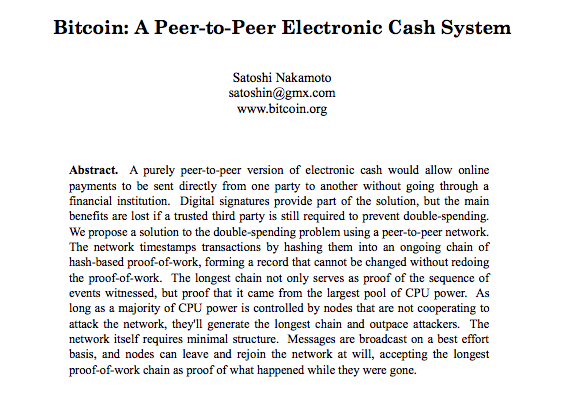
The paper that started it all…
In November 2016 I felt something in the air…my gut told me it was time for the blockchain sector to finally have its moment. After playing around with cryptocurrencies for years it was the Ethereum launch that seemed to catapult this sector from a small network of crypto geeks into a larger pool of technology enthusiasts and investors looking to be part of web 3.0 – the decentralized internet. Continue reading
How a Turing Machine works
Posted in Uncategorized on May 17, 2017 by Brit CruiseFor years I struggled to clarify exactly what a Turing machine needs to do, and more importantly, how Turing conceived of it. Even after I finished a CS degree I wasn’t able to “build one from scratch” because I hadn’t yet independently realized what he had…
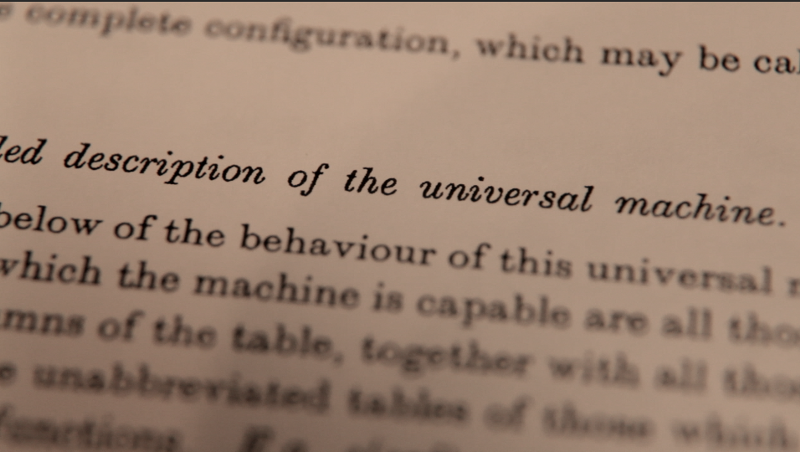
Recently I had a moment of insight and hit on an improved analogy for the “program” of a Turing machine, which Turing describes as “a book”. I took this one step further and clarified that each page in this book can be thought of as a unique state. A page contains a single instruction to follow (which takes the form of a conditional statement). This subtle step is something Turing didn’t include in his paper (instead he skipped ahead and simply refers to it as a ‘big table’, which can be tough to digest at first)
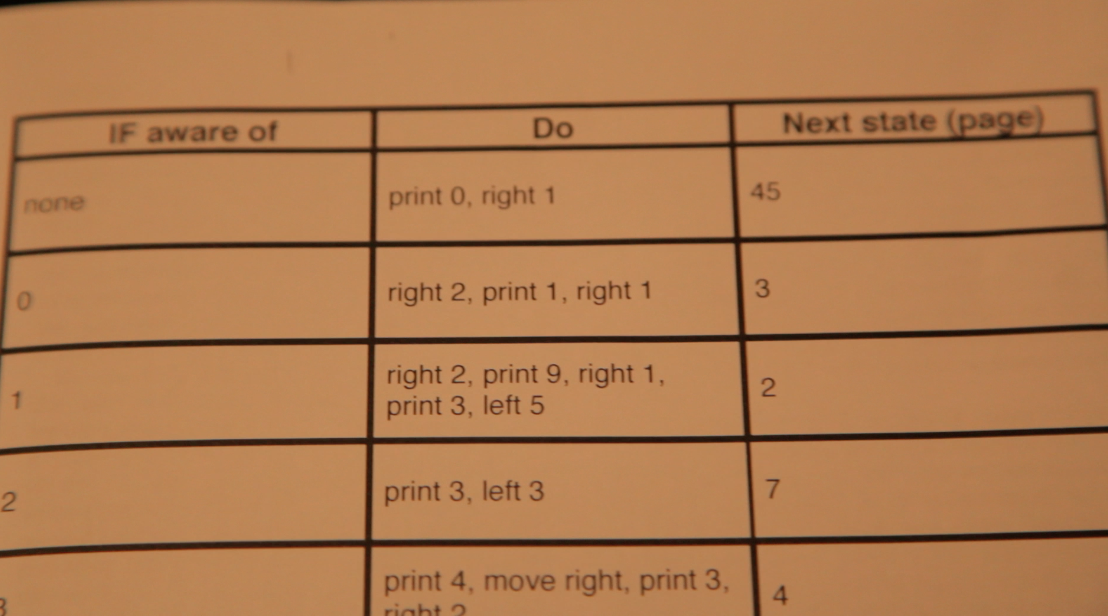
I feel this is the key to make the mechanism behind Turing machines more concrete and intuitive for the new learner. I hope Turing would approve of my modification to his analogy…and after reading his paper some 20 times, I can say with certainty that he would.
Here is the video on how it all works (this is also the 2nd last video in the CS series)
What is a Computer?
Posted in Uncategorized on November 3, 2016 by Brit CruiseThis video was on the tip of my tongue for years, it feels wonderful to finally move on. It features Aristotle, Leibniz, Adam Smith and Charles Babbage. It’s the main “case study” for this series, after which we’ll move into more modern views on computers and computability.
Logic, Abstraction and Aristotle
Posted in Uncategorized on August 29, 2016 by Brit CruisePosted a new video this week I’m really happy with. It covers abstraction, deduction & syllogisms through the lens of Aristotle’s work on Logic. Now that this video is complete I can finally get to the real meat of this series…. the dream of a “Universal Computer”. This video also features my son Booker, his second appearance in an Art of the Problem video.
What is an Algorithm?
Posted in Uncategorized on May 19, 2016 by Brit CruiseI’ve seen so many botched, overcomplicated, misconstrued and boring attempts at explaining algorithms to new minds that it was a huge relief to finally finish this video. My goal here is to explain procedural knowledge (know-how) via a thought experiment involving actors. I cover what I consider the two core ideas behind algorithms and where they came from. I also extend the explanation to setup a future video on time/space complexity. You’ll see no mention of while loops, for loops, or bubble sort…horse before cart. This is part 2 in the series on Computer Science.

